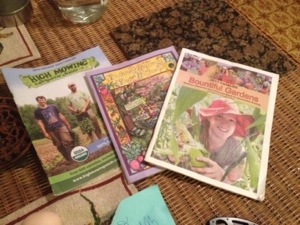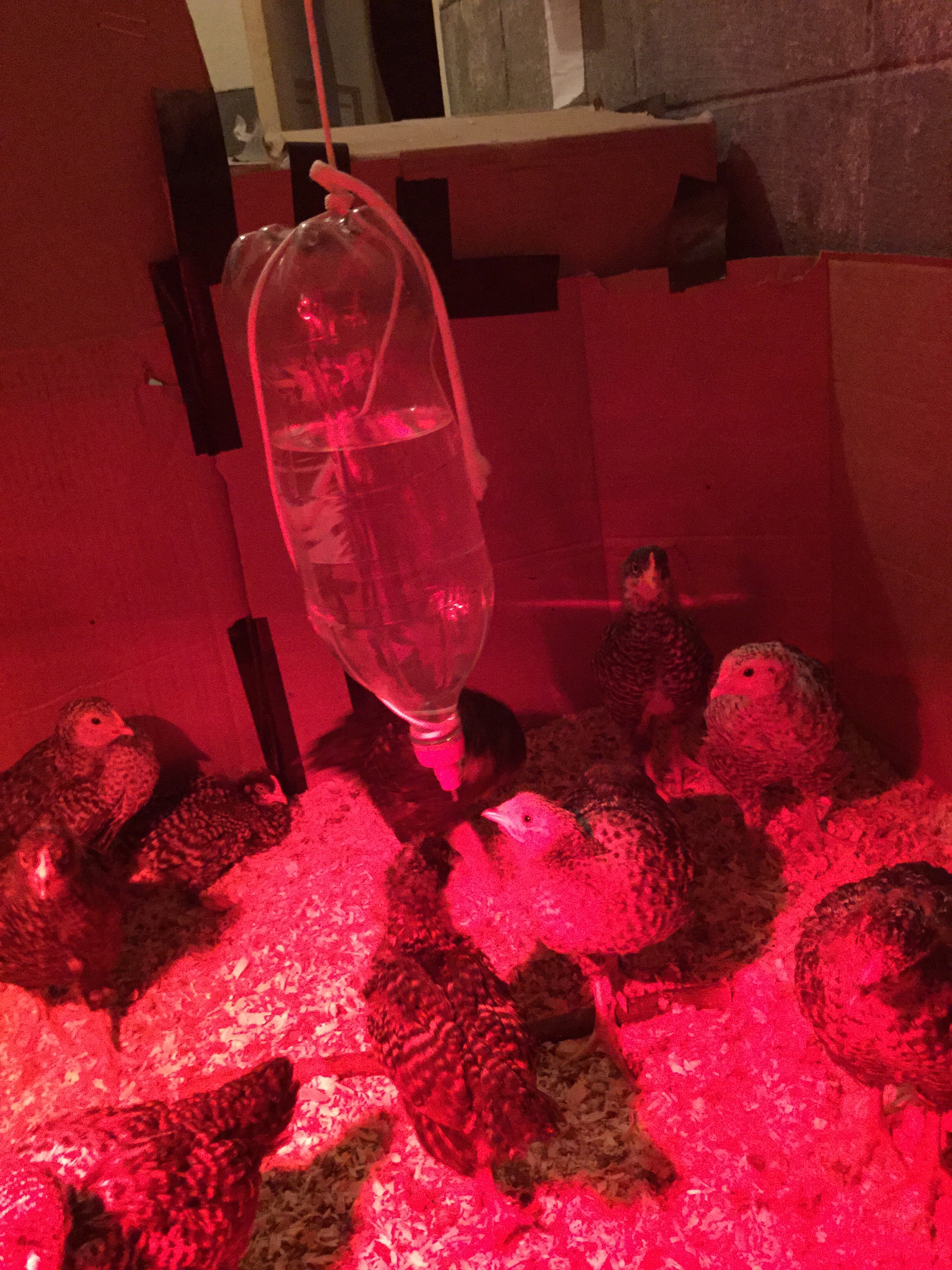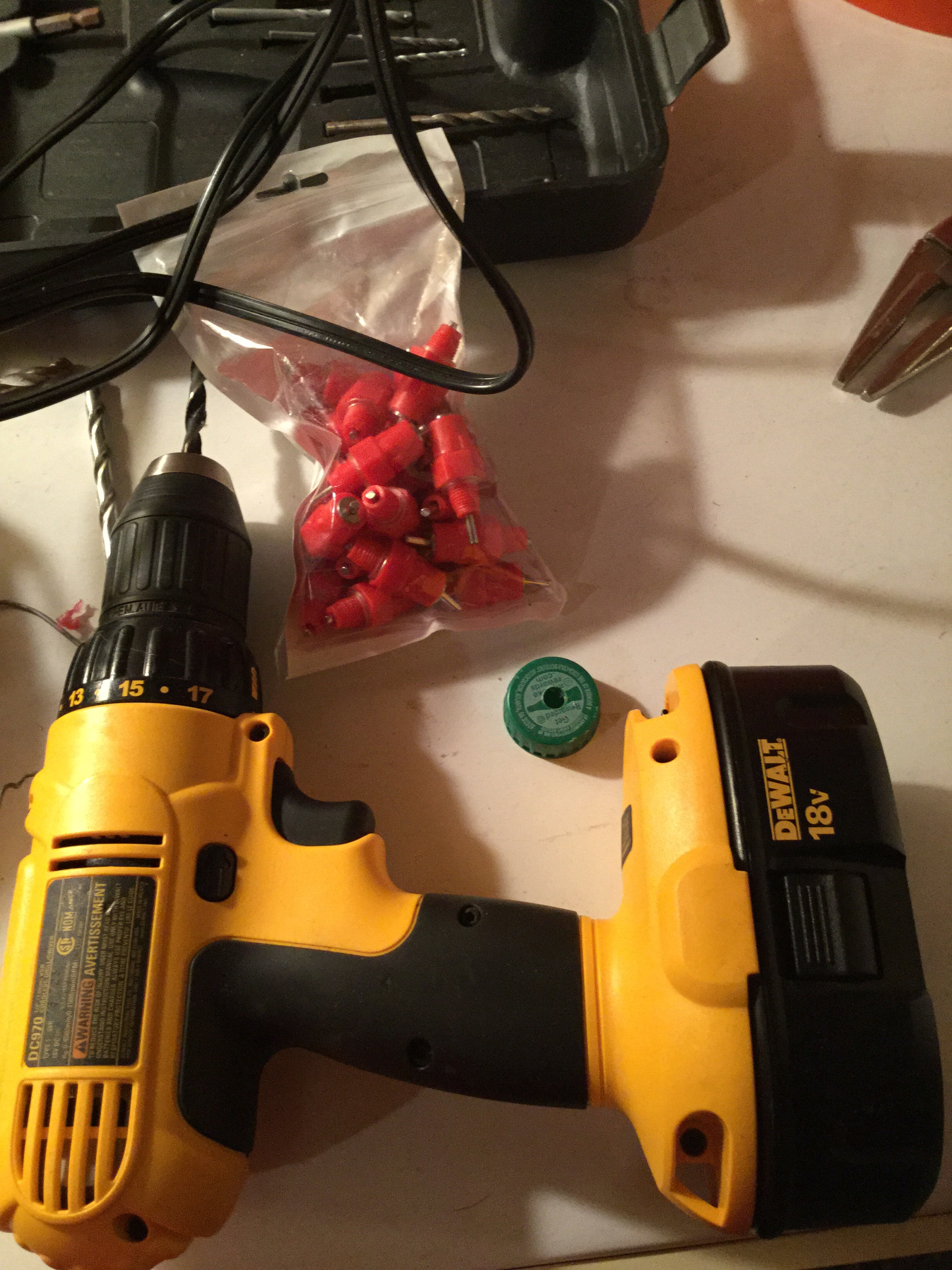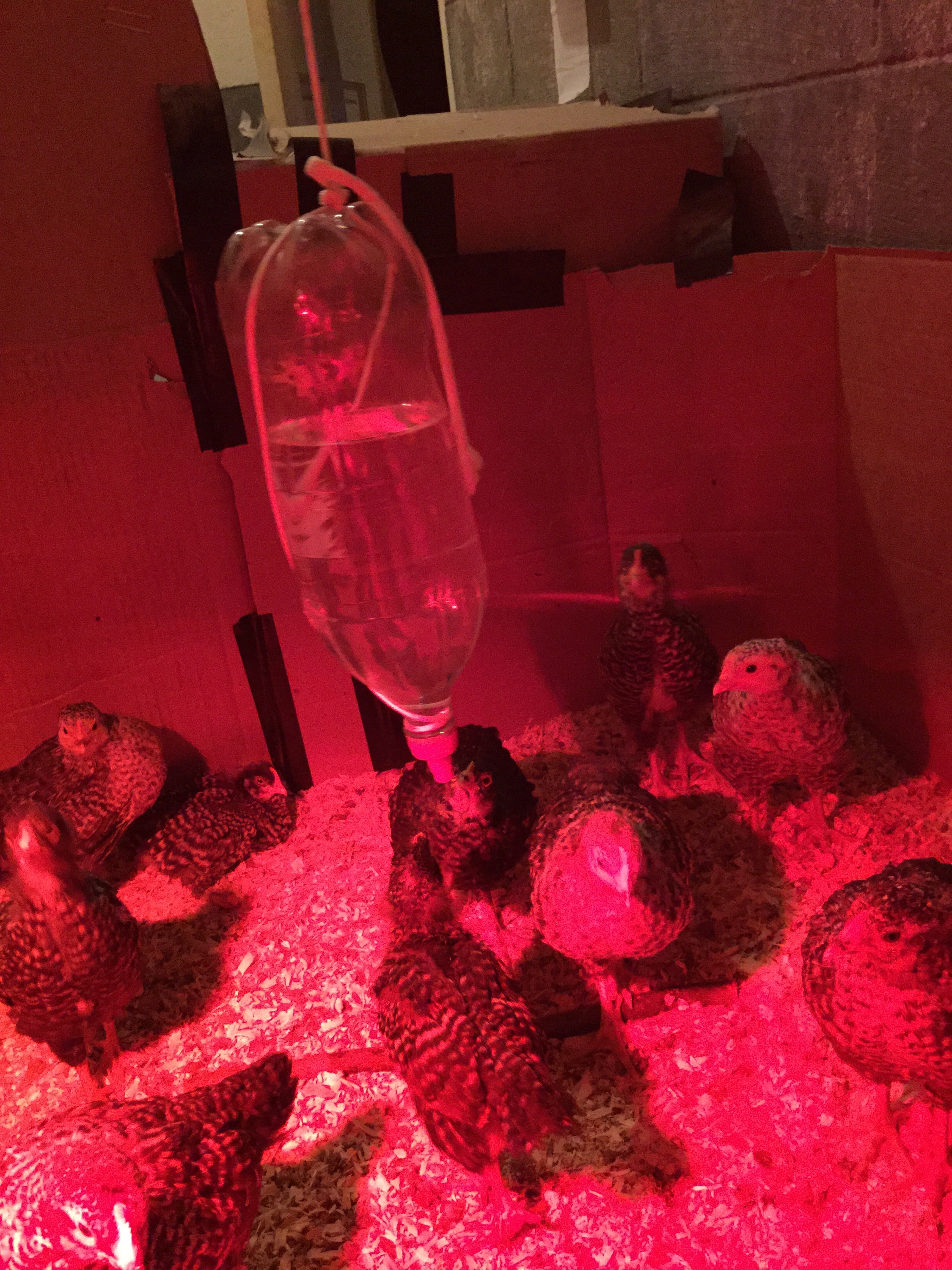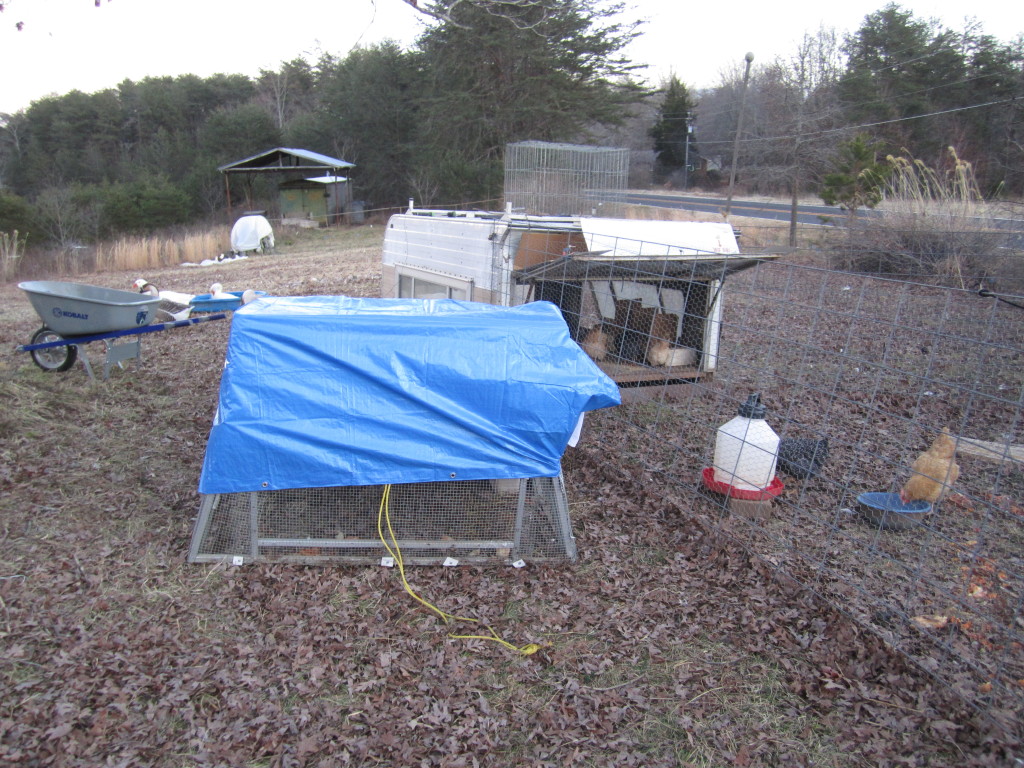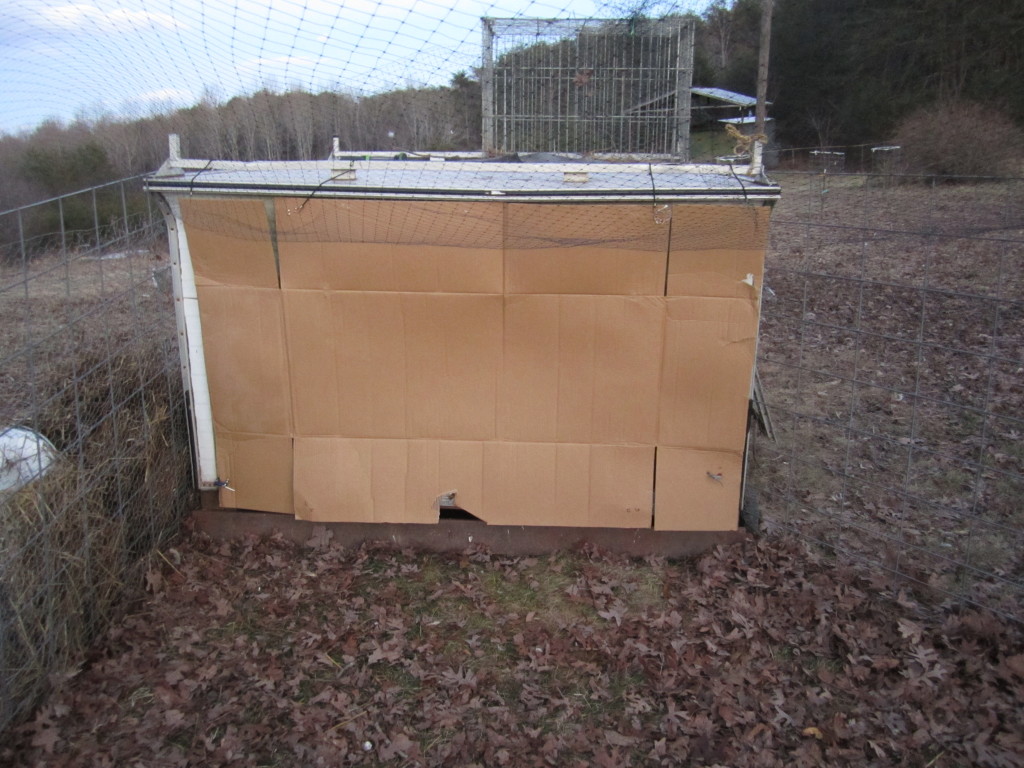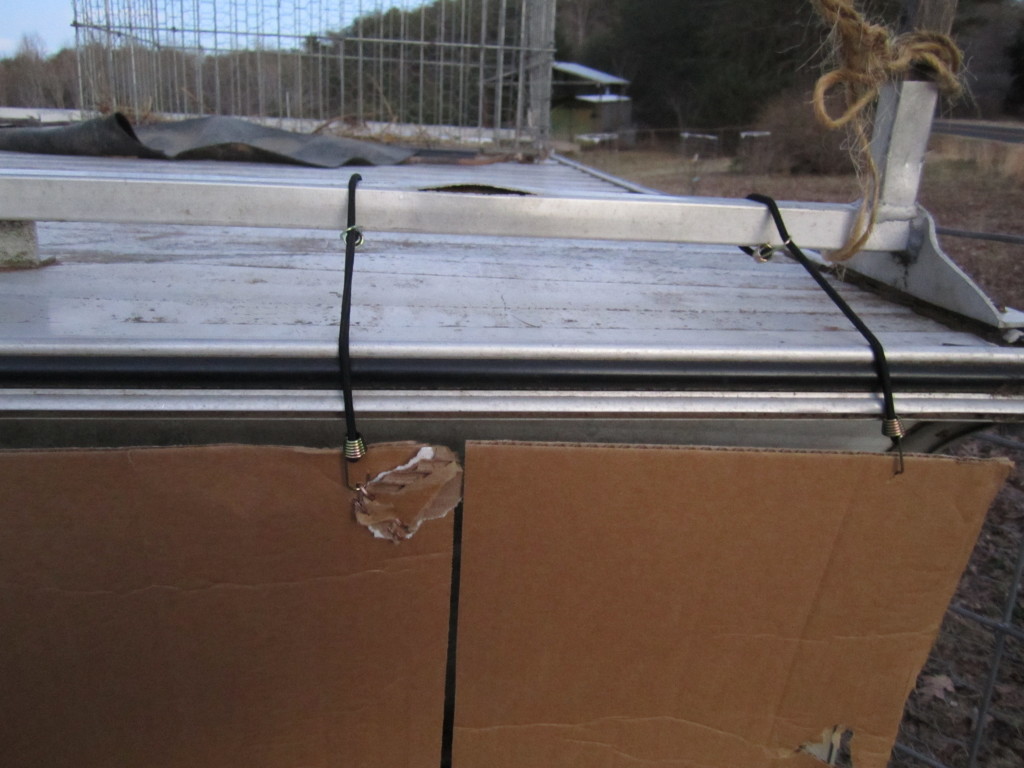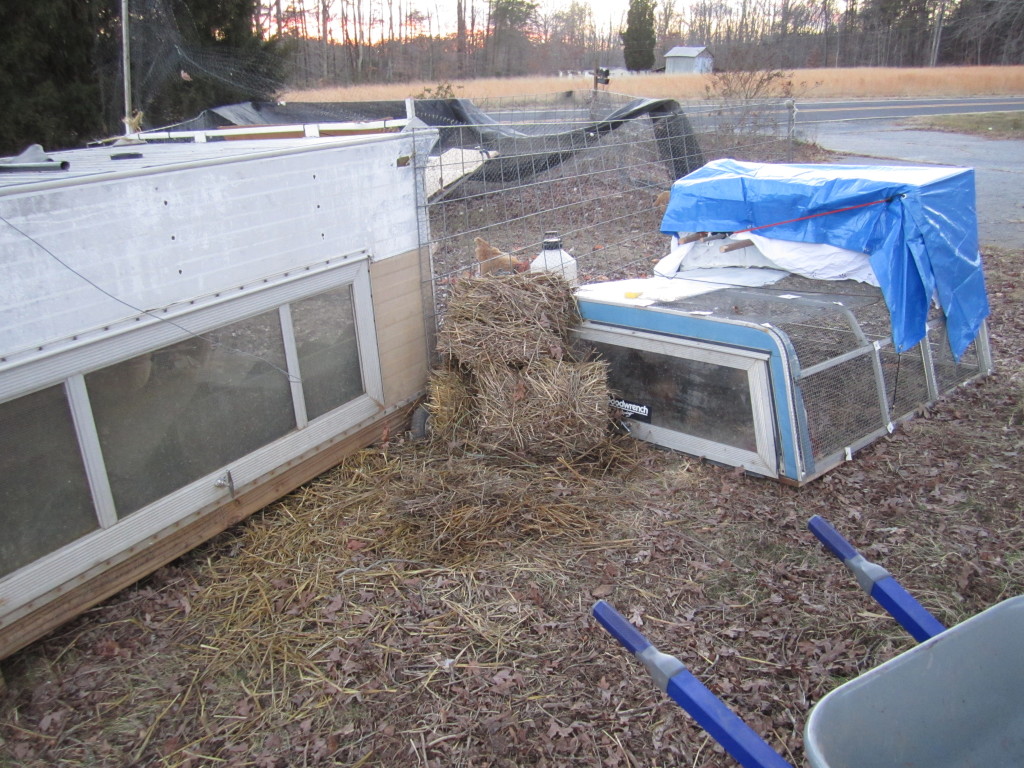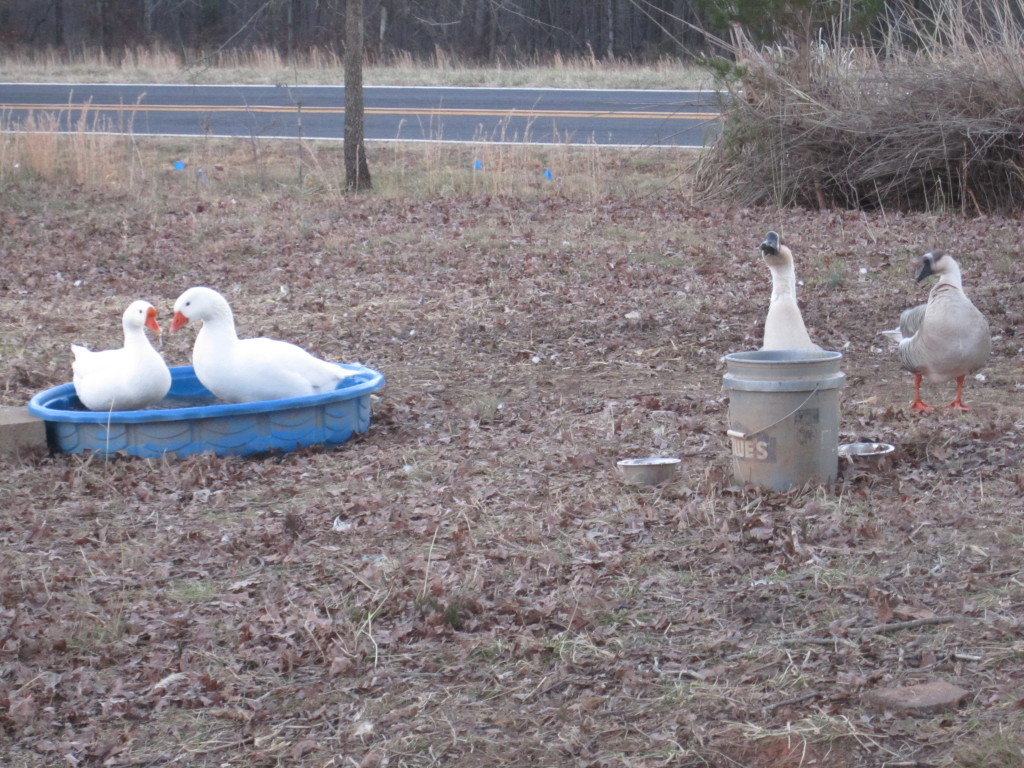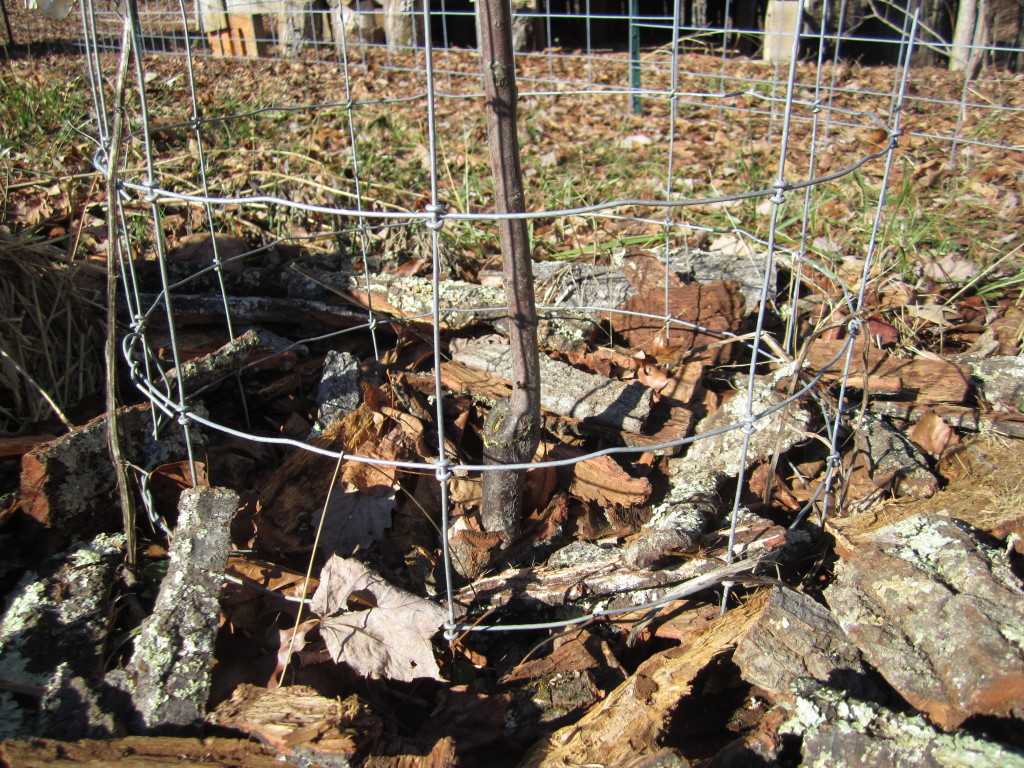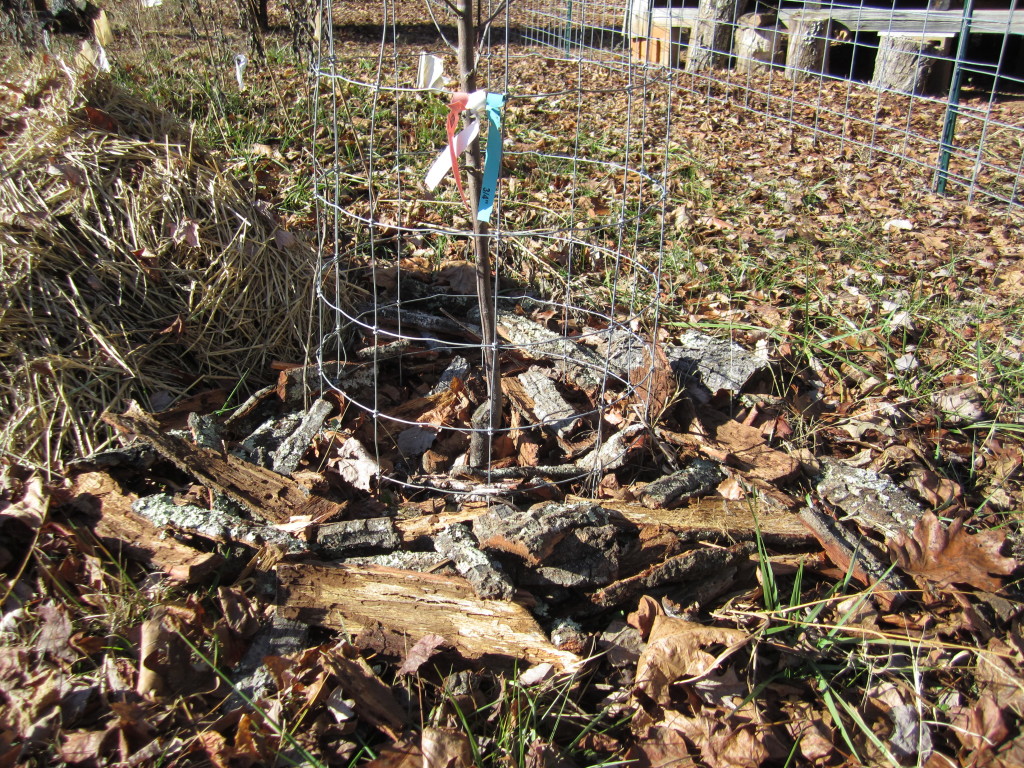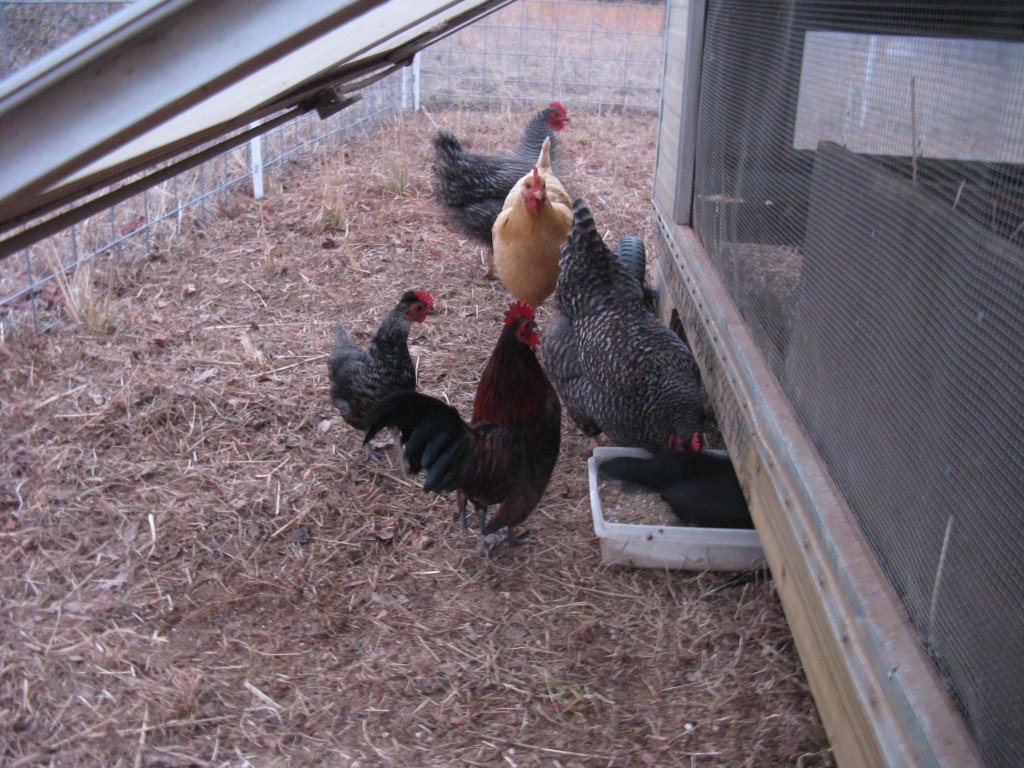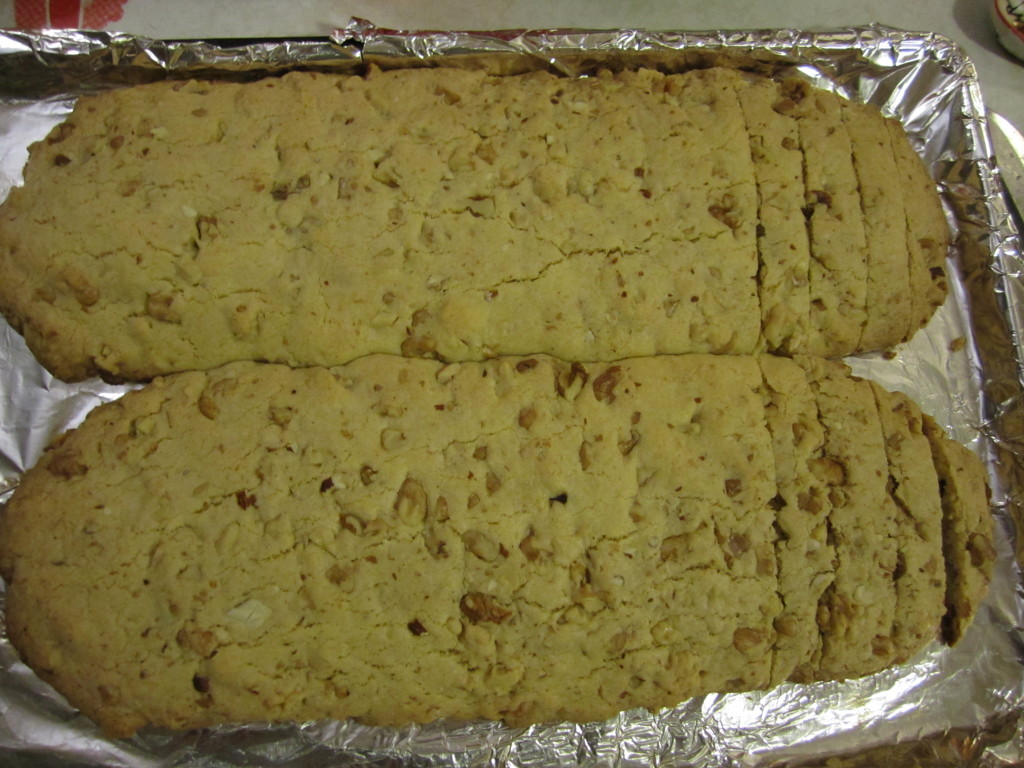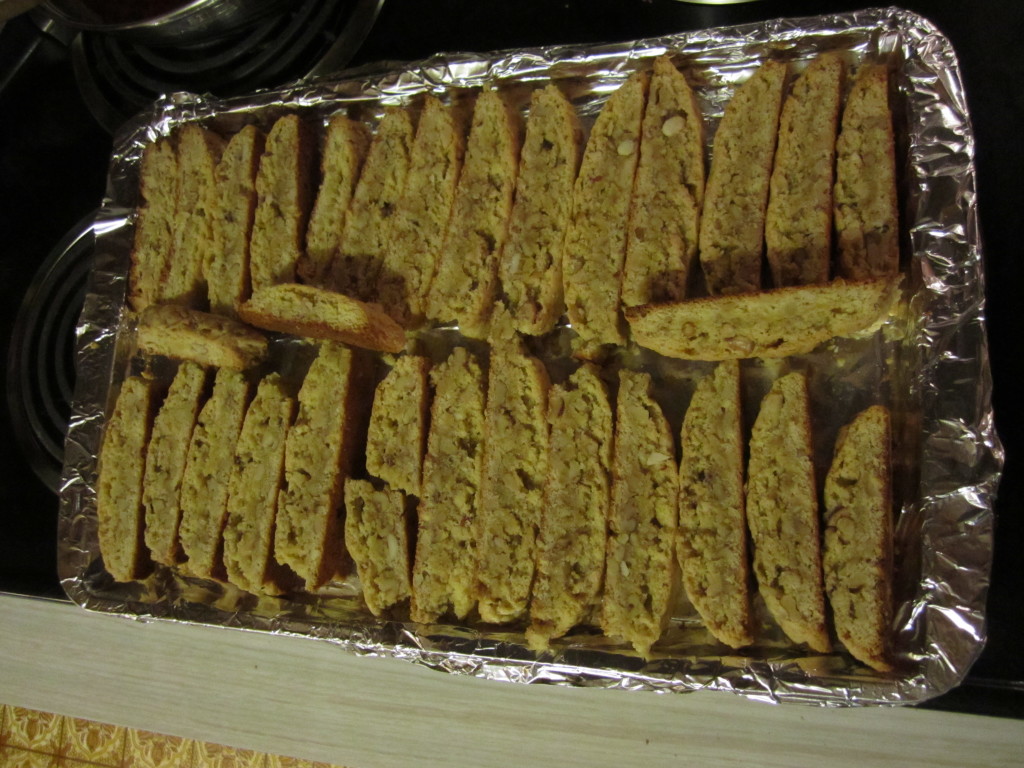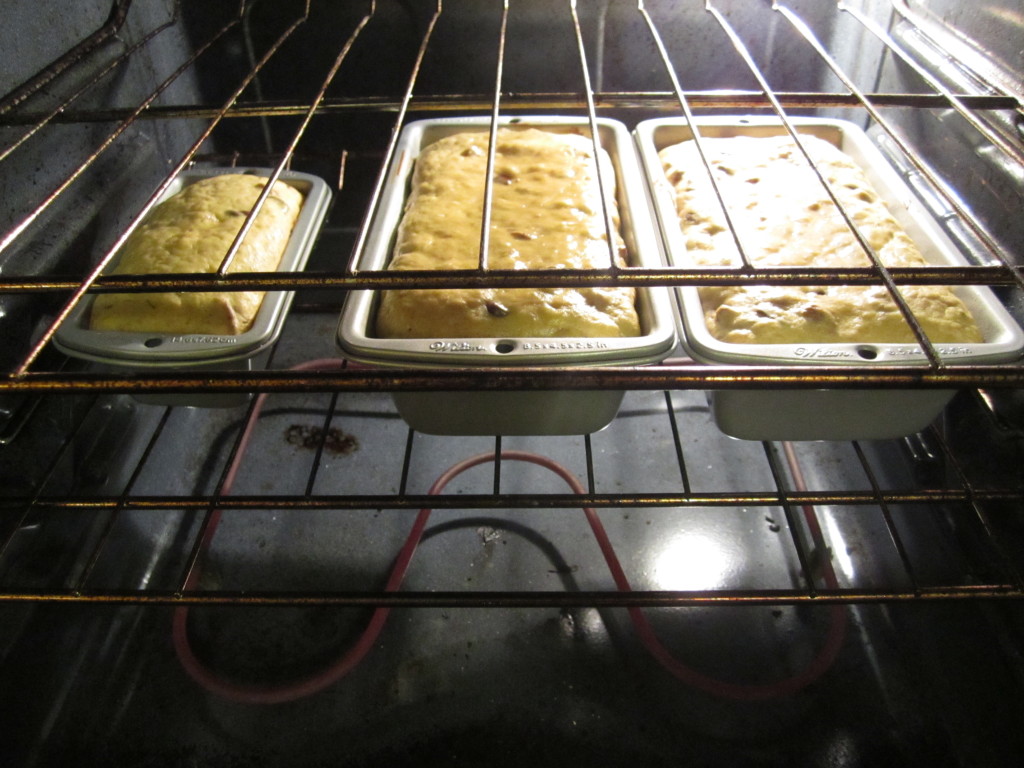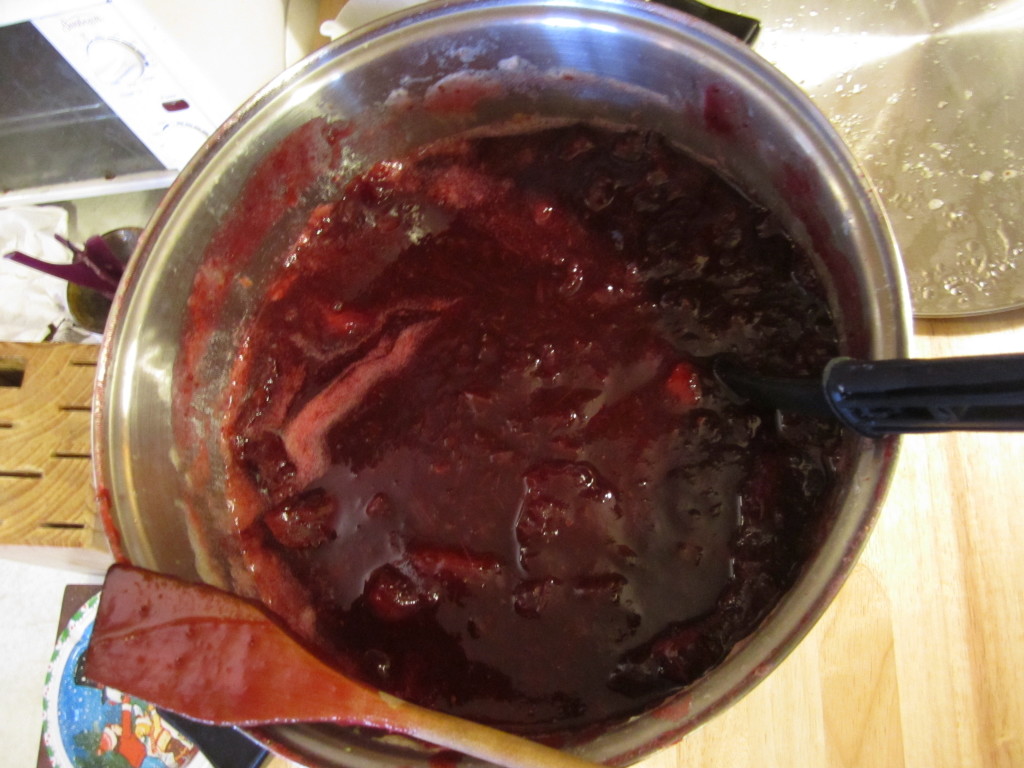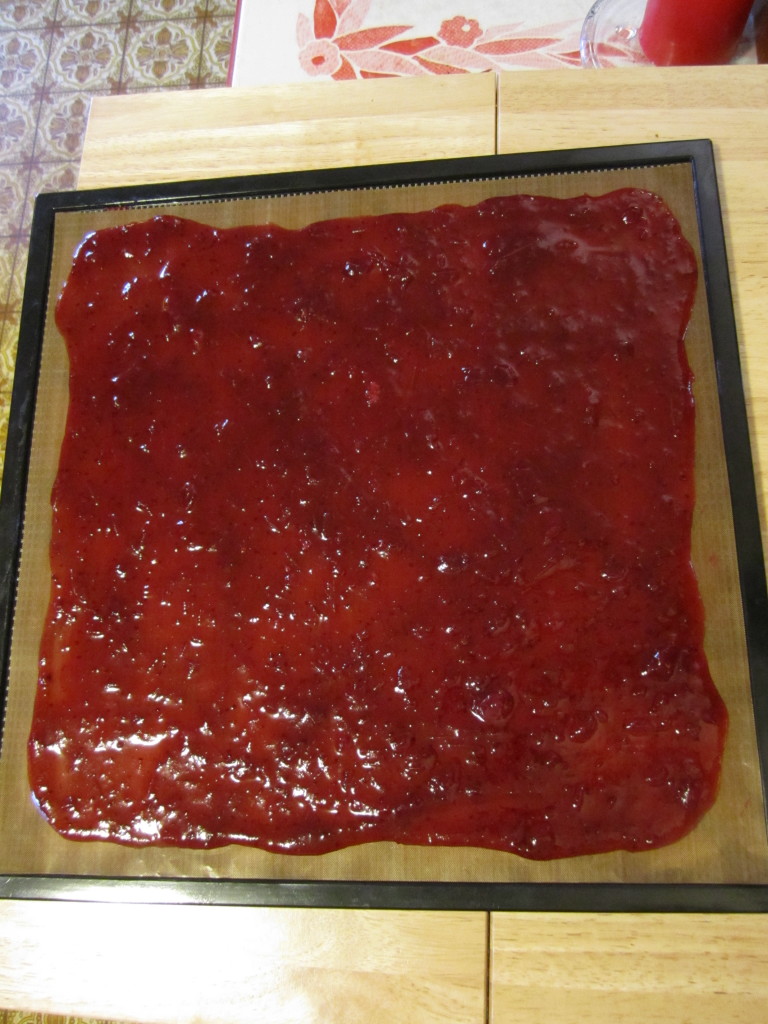What do we turn to when dealing with minor, everyday cuts, scratches, injuries and ailments? Our herbal first aid kit!
We don’t really have a “kit”, but we do have collection of things in our bathroom that are tried and true when it comes to homestead first aid. I’m not talking about wild plants like plantain or comfrey, which are a huge art of of our life, but rather packaged and shelf stable items that can be stored and relied upon at a moments notice.
1. Tea Tree Oil
 Tea Tree Oil is probably our catchall for cuts, scratches and anything involving open wounds. We try to harness tea tree oil’s anti microbial powers to prevent infections whenever we find ourselves bleeding, which happens a lot. Whether its from a loose piece of fence, a rooster’s spurs, or an insect bite, if we see blood, it gets a dab of tea tree oil.
Tea Tree Oil is probably our catchall for cuts, scratches and anything involving open wounds. We try to harness tea tree oil’s anti microbial powers to prevent infections whenever we find ourselves bleeding, which happens a lot. Whether its from a loose piece of fence, a rooster’s spurs, or an insect bite, if we see blood, it gets a dab of tea tree oil.
When tick season comes around, every tick removal “surgery” is finished up with a bit of tea tree oil, just in case.
2. Vitamin C Powder
Vitamin C is antioxidant essential to a healthy life. Our bodies don’t store it, so we constantly need to get more of it as we live our lives. While I prefer real nutrient dense foods vs. supplements, vitamin c powder is just too easy, and too effective not to have on hand.
We add powdered vitamin c to our water almost everyday during the winter to strengthen our immune systems. It’s also nice to know that vitamin c can help with mild allergic reactions and swellings as it acts as both an anti histimine and anti inflammatory. You can take some before and after particulalry strenous activities to make sure your bodies repairitvie and restorative functions are opperating at there best. I’ve even heard of old, arthritic dogs getting some relief from a sprinkling of vitamin c on their food.
There are a ton of other uses and benefits for vitamin c, and it is a well used item in our lives.
3. Aloe
Aloe vera, a succulent plant with a long history of medicinal uses is another essential herbal remedy.
Whether you have a plant growing in a sunny window or a container of gel in the bathroom, if you work outside in the sun, you need some aloe. As a pain reliever and burn soother, nothing can compete. Fromm sunburns from hours of garden work, or real burns from cooking, a nice glob of aloe gel is the first thing I think of to in any situation where I want a “cooling” effect.
4. Raw Honey
Raw honey is not only an anti-microbial powerhouse, but it tastes good too. Raw Honey, as opposed to the heat pasteurized “dead” honey often found on shelves has a whole host of enzymes, antioxidants and minerals. Something in it helps to heal wounds and prevent infections, but make sure it’s raw or it won’t do the job.
It can also be used to soothe sore throats and as a natural cough syrup. It makes a great sweetener for tea too, how fitting. I’m sure there are more reasons to love raw honey (like making mead from it) but these few are enough to ensure it’s place in our pantry.
